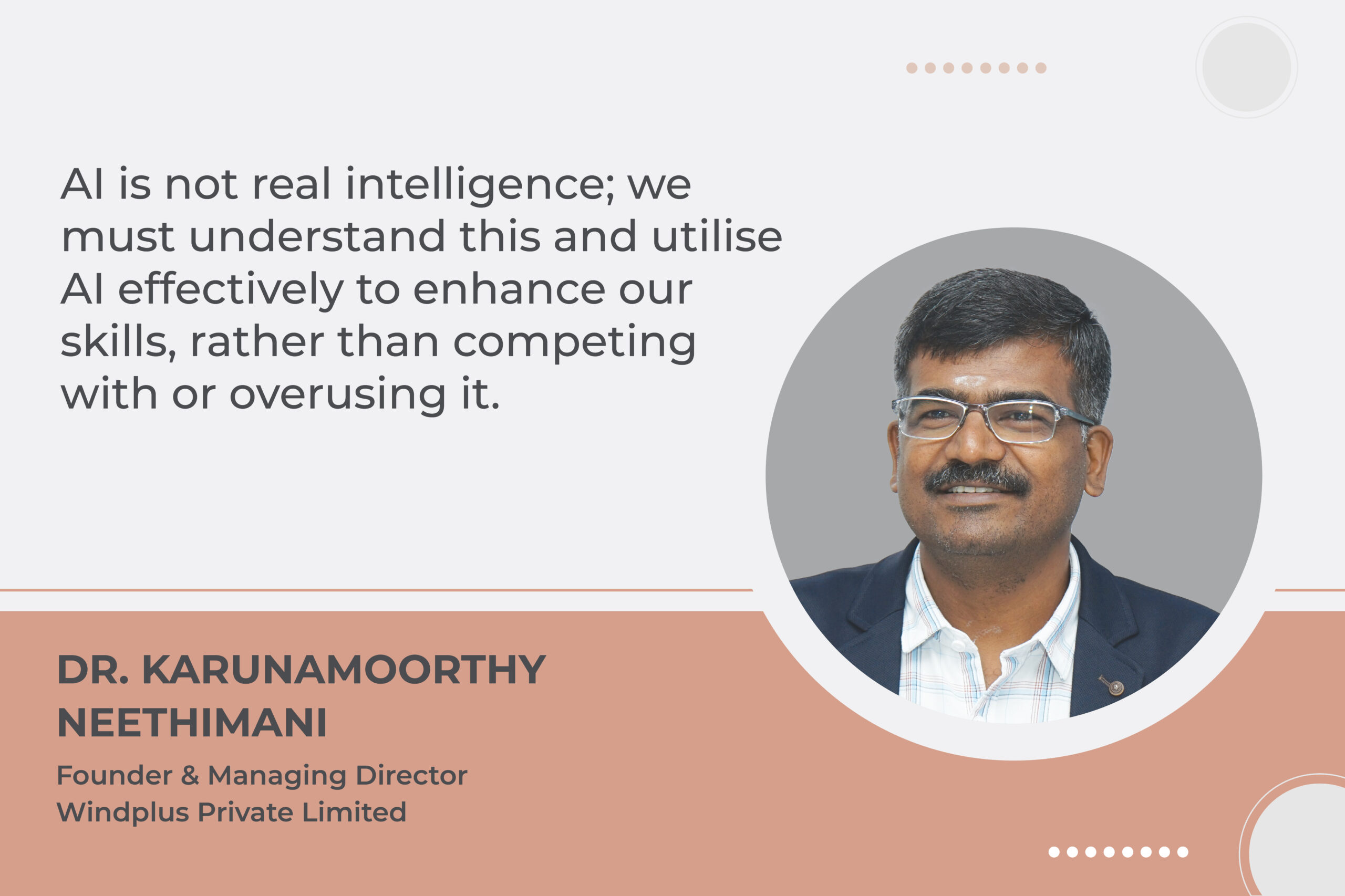Small and offshore wind driving rural power and RE growth
By Staff Report September 26, 2025 12:09 pm IST
By Staff Report September 26, 2025 12:09 pm IST

The ISTS waiver has been crucial in supporting wind energy projects by reducing power transmission costs and facilitating the delivery of power across states.
As of August 2025, India has installed 52.6 GW of wind energy, placing it fourth globally. In 2024, the country added 3.42 GW; however, it has already added more than that this year and may add around 6 GW by the end of the year. This growth was made possible by supportive policies, including streamlined project approval processes, financial incentives, and support for decentralised energy systems, as well as regular performance reviews. Although numerous achievements have been made, further policy changes can have a profoundly positive impact on achieving the target. One important measure is the reintroduction of the ISTS waiver, which was crucial in supporting wind energy projects by reducing power transmission costs and facilitating the delivery of power across states. Without this ISTS waiver, project viability could be impacted by transmission issues, potentially slowing progress toward India’s 2030 renewable energy targets. Dr. Karunamoorthy Neethimani shares more insights with EPR.
What role can small-scale wind energy play in rural and remote electrification? And what role can offshore wind play in bridging the gap toward India’s renewable ambitions?
Rural electrification has remained a central policy objective since independence, to improve livelihoods and reduce energy poverty in remote areas. For remote villages, establishing a mini-grid powered by distributed electricity generation can serve as an effective alternative to connecting to the central grid. This approach relies on the availability of local energy resources, such as wind, solar, and hydro, among others. Among these, small wind turbines can play an important role in supplying reliable power, especially in areas with consistent wind conditions. Small wind turbines offer significant potential, as they can operate continuously for 24 hours a day. This makes them particularly useful for telecom infrastructure, small industries, educational institutions, and other facilities located far from the power grid.
Offshore wind turbines can significantly produce more power per turbine than their onshore counterparts, despite the cost involved. India’s first-ever 500 MW offshore wind project is gaining momentum and is expected to be commissioned by March 2029. According to industry experts, this development is the first tangible step toward realising India’s offshore wind energy plans. This means that it could open the way for more offshore wind projects in the future, contributing to its renewable energy ambitions.
How is AI improving wind power forecasting and reducing variability in grid scheduling? And how is predictive maintenance, powered by AI, extending the lifespan of wind turbines and reducing operational costs?As wind energy is naturally variable and unpredictable, AI models help reduce uncertainty, enabling better planning and balancing of supply and demand on the grid. AI utilises sophisticated models, such as LSTM and CNN, as well as hybrid models like CNN–LSTM, which can learn complex weather patterns and predict wind energy more accurately than traditional methods. This results in a reduction of forecast errors by almost 45 per cent, enabling grid operators to plan more effectively. Additionally, AI-driven predictive maintenance extends the lifespan of wind turbines by utilising machine learning algorithms, deep neural networks, and reinforcement learning, among other techniques, to predict equipment failures with 92% accuracy.
What technologies or offerings are you putting forward at Windergy India 2025?
At Windergy India 2025, we plan to present and highlight one of our key services: MET Mast solutions. This is a sustainable service that supports wind measurement campaigns and atmospheric data collection worldwide. As a successful EPC services company, we can offer MET Masts at various heights, up to 170 meters, fully compliant with international standards such as MEASNET, IEC, ANSI/TIA 222-G, EIA/TIA 222-G, and Indian Standards. Each Mast is customised to meet project-specific requirements with necessary features, including galvanisation to withstand extreme weather conditions. With a track record of over 60 projects and installations up to 150m, our highly trained professionals and certified climbers ensure safe and efficient execution on-site.
*****************************
We use cookies to personalize your experience. By continuing to visit this website you agree to our Terms & Conditions, Privacy Policy and Cookie Policy.